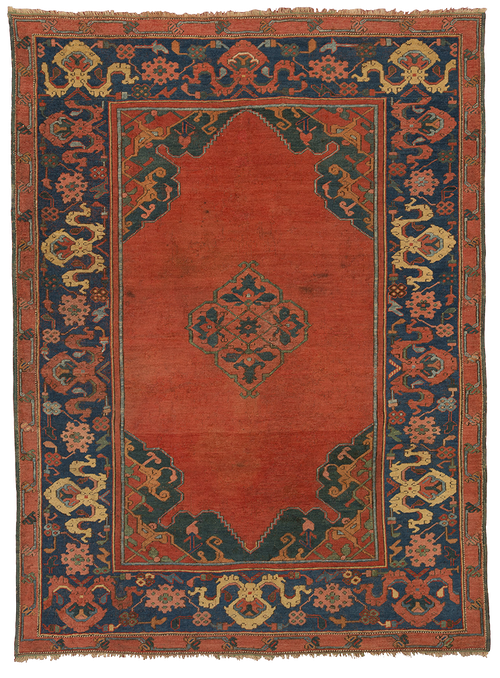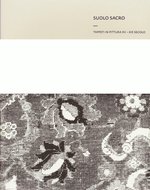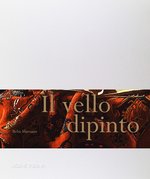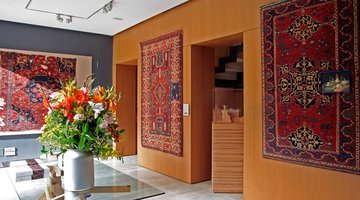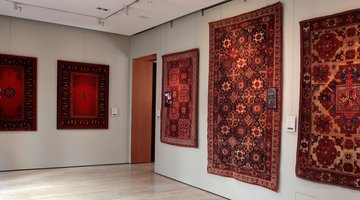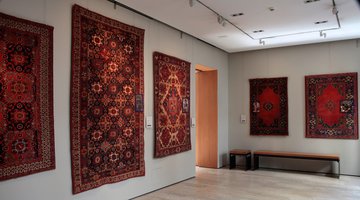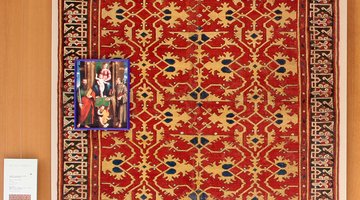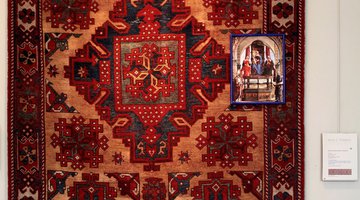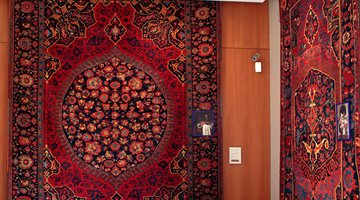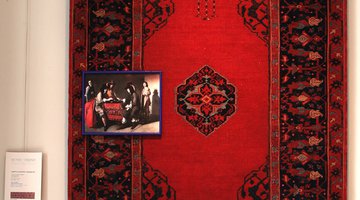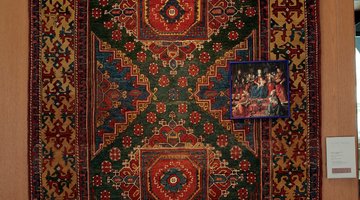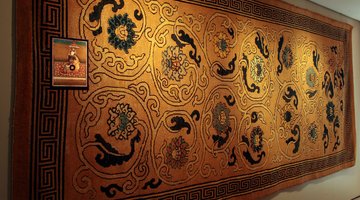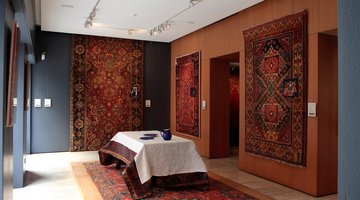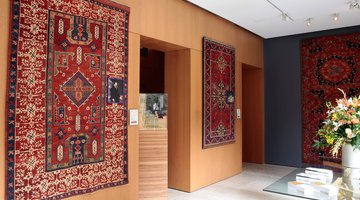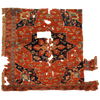Leafing through the pages of a book of European art history, it is impossible not to notice the presence of carpets in so many images depicting religious scenes and daily life. In paintings dating from the Middle Ages onwards, we can see carpets laid onto the ground, at the feet of the Virgin Mary and the saints. Carpets laid on tables, with food and objects of symbolic significance upon them, were also depicted in order to set the representation of the sacred in a special position. What all these paintings have in common is that they bear witness to the notion of carpets as a place of excellence: carpets work as a sacred ground, as something exclusive and solemn. That is the message conveyed by "Suolo sacro. Tappeti in pittura, XV – XIX secolo" at Gallery Moshe Tabibnia.
This is the underlying assumption for the exhibition which works through the history of painting and textile art from the Middle Ages to the 19th Century. In this perspective, a number of remarkable ancient carpets will be presented, along with several famous paintings. It should be noted that such a journey will allow the viewer to realise that many of the ancient carpets in the Moshe Tabibnia collection are depicted in paintings by great masters that are preserved in the collections of two renowned museums, the Pinacoteca di Brera and the Museo Poldi Pezzoli. The close relationship of these museums and Gallery Moshe Tabibnia allows anyone willing to discover more about ancient textile art and painting to see this exhibition, in a two-way movement between the two museums and our gallery, allowing visitors to see the artifacts displayed with raised awareness.
"Suolo sacro. Tappeti in pittura, XV – XIX secolo" is an intertwining of wefts and brushstrokes that allows the viewers to discover the value of carpets throughout the centuries. Carpets acquired a special allure in visual arts, thanks to the symbolism and allegorical significance attributed to them from the Middle Ages to modernity. Carpets carried significant symbolic and allegorical meaning in ancient and modern figurative art, hinting at the heavenly status of the Virgin Mary and the saints, an allusion to the earthly power of kings and emperors, and also an allegory of the transience of life and beauty (for instance, in 17th Century still lives representing the theme of vanitas).
The connection between painting and carpets is still visible today, in the way certain types of carpets are designated with the names of the painters who first depicted them, as is the case with the so-called ‘Tintoretto’, ‘Lotto’, and ‘Holbein’ Anatolian carpets, which owe their names to the three masters who depicted them so masterfully.

